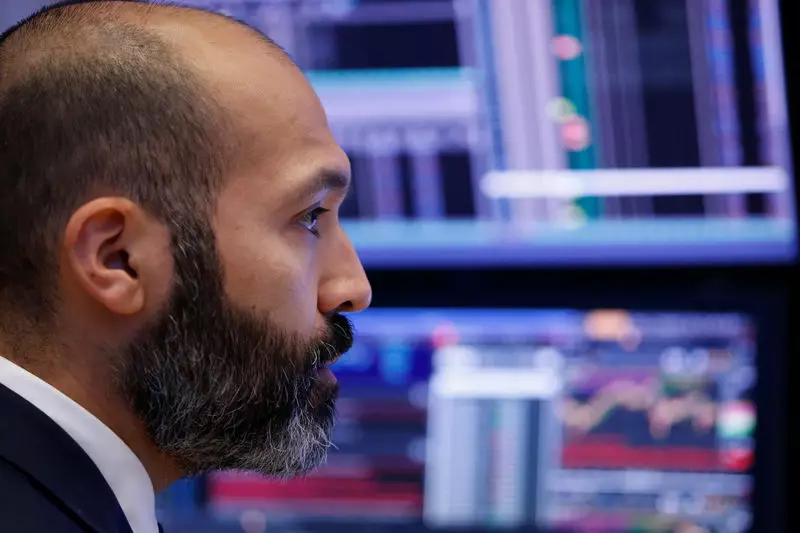As the end of the year approaches, the stage is set for a potential rally in US equities that could be influenced by a combination of factors, including the resolution of political uncertainties, economic indicators, and global market conditions. UBS has pointed out that several elements are converging, paving the way for a favorable environment for investors. However, amid optimism, numerous risks linger, reminding us that markets operate in unpredictable ways.
The impending US election plays a critical role in shaping market sentiment. Historically, post-election periods have led to increased market activity as uncertainty wanes and investors feel more confident about future economic policies and political stability. Jason Draho, the Head of Asset Allocation at UBS, emphasizes that regardless of the election outcome, whether it results in a ‘red sweep’ or a divided government, the mere resolution of the uncertainty surrounding it could lead to lower volatility in the markets. This reduction in implied volatility may encourage investors to take calculated risks, bolstering the potential for a year-end rally.
Investors will be keenly observing the electoral outcomes, as they may provide clarity on the economic trajectory moving forward. A well-defined political landscape tends to foster a more risk-conducive environment, allowing for increased capital flow into equities. Therefore, a settling political sphere, irrespective of which party gains control, can significantly uplift investor morale and market performance.
Amidst the political backdrop, the resilience of the US economy presents an encouraging narrative for the equity markets. Recent labor market data suggest that the economy is navigating challenges—like natural disasters and labor disputes—while still showcasing positive job growth. Additionally, consumer spending has remained robust, contributing significantly to the GDP growth in the third quarter. The stability in consumer behavior indicates a favorable economic climate, which is crucial during the traditionally strong months of November and December for the S&P 500.
Moreover, the Federal Reserve’s policy decisions also stand out as pivotal to market stability. Considered a safety net for equities, the prospect of rate cuts could provide a cushion against potential economic downturns. The market has already factored in a high probability of a rate cut in November, with further adjustments potentially unfolding by year-end, depending on upcoming economic data. A dovish stance from the Federal Reserve could embolden investors, enhancing the possibility of a year-end rally.
Global Influences and Investor Sentiment
Beyond the realm of US domestic politics and economics, global fiscal and monetary policies can significantly impact market momentum. Countries like China are expected to introduce additional fiscal measures, which may reflect the outcomes of the US elections. Such actions could influence investor sentiment, particularly if trade dynamics shift following the electoral results.
Investor positioning in anticipation of the election reflects a strategic approach, as many appear to have moderated their exposure to risk. This careful positioning sets the market up for gains contingent upon favorable election outcomes, allowing for potential reallocation into riskier assets as the calendar year closes. Nevertheless, the possibility of a prolonged electoral count cannot be overlooked; historical precedents, such as the 2000 US election, serve as reminders of how uncertainty can induce market stagnation.
As we near the end of the year, the possibility of a seasonal rally in US equities charms market participants. The elements of political clarity, robust economic indicators, and supportive global policies present a cocktail of favorable conditions. However, amidst this optimism, a cautious approach remains necessary. Risks such as lingering election uncertainties, potential labor market challenges, and budgetary concerns loom large, capable of disrupting the expected upward trend.
While conditions appear to be aligning for a year-end rally, market participants must prepare for volatility and adjust their strategies accordingly. The intricate interplay between economic data, political outcomes, and global influences will ultimately determine market trajectories in the last months of the year. Investors will need to navigate these waters carefully, balancing hope for a rally with an understanding of the underlying risks.

